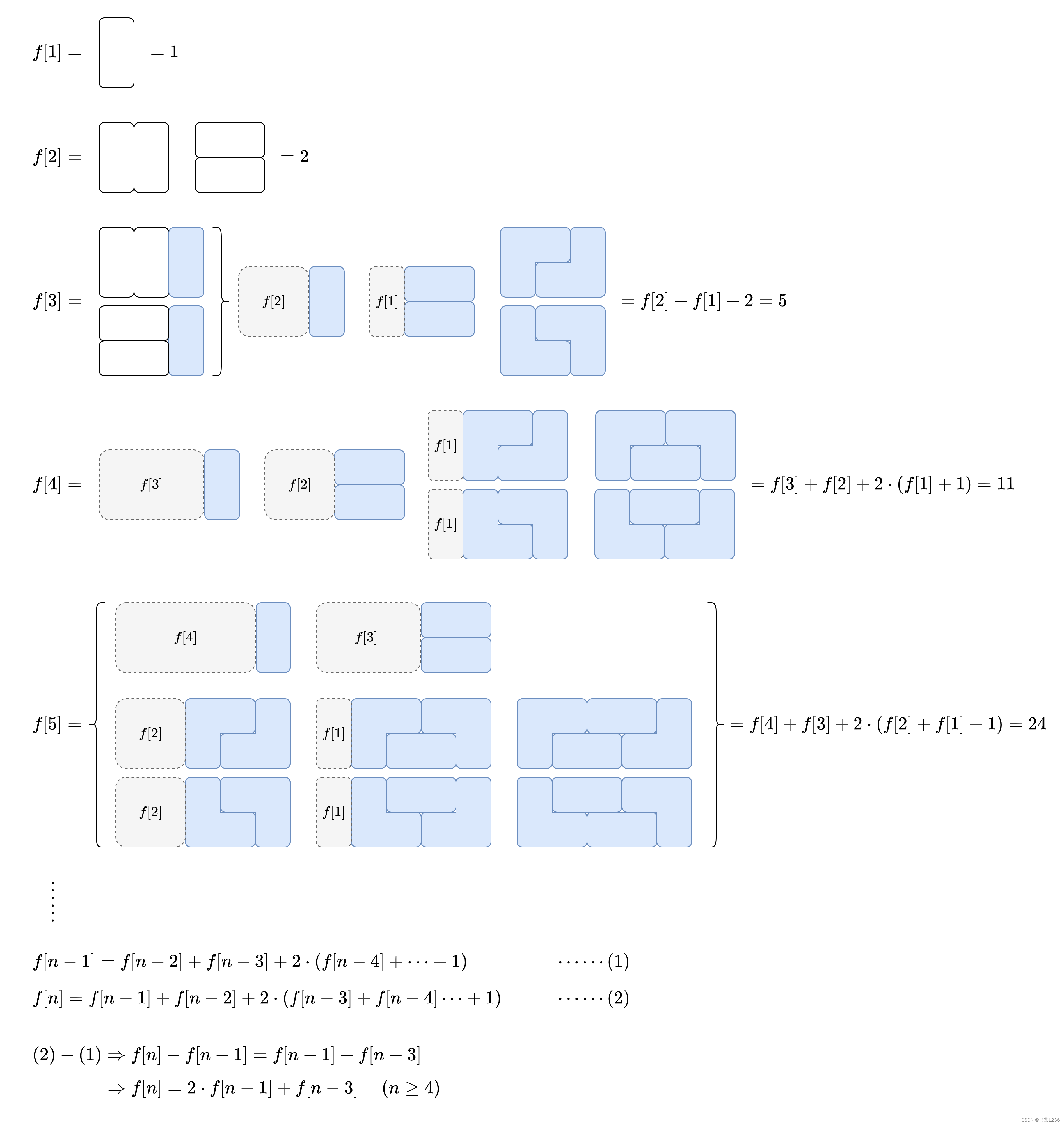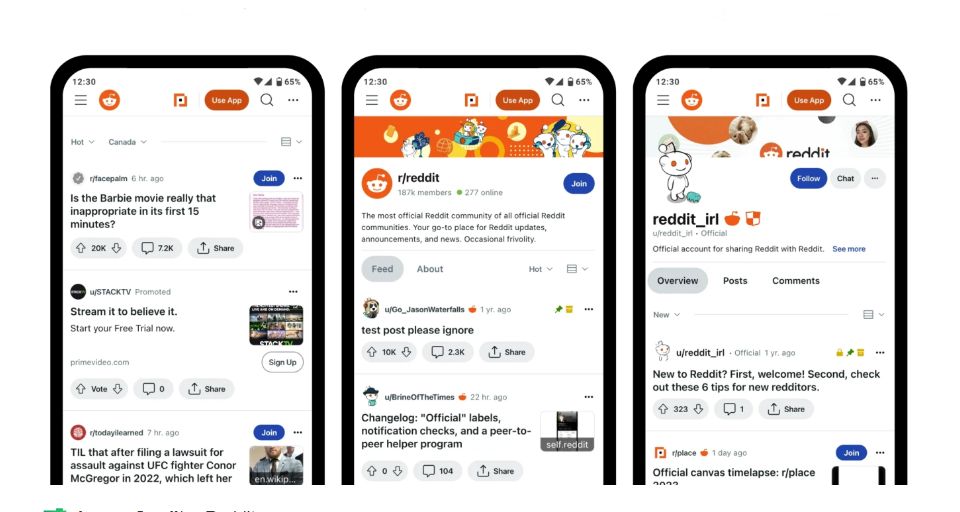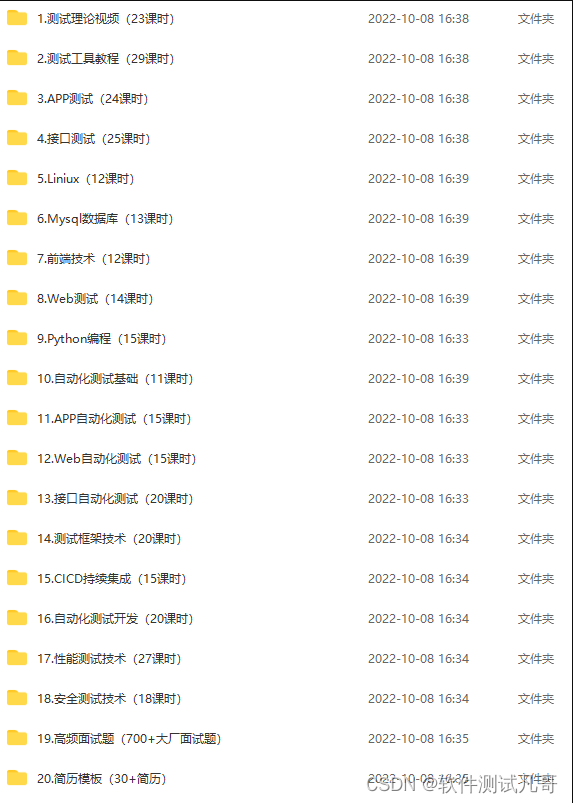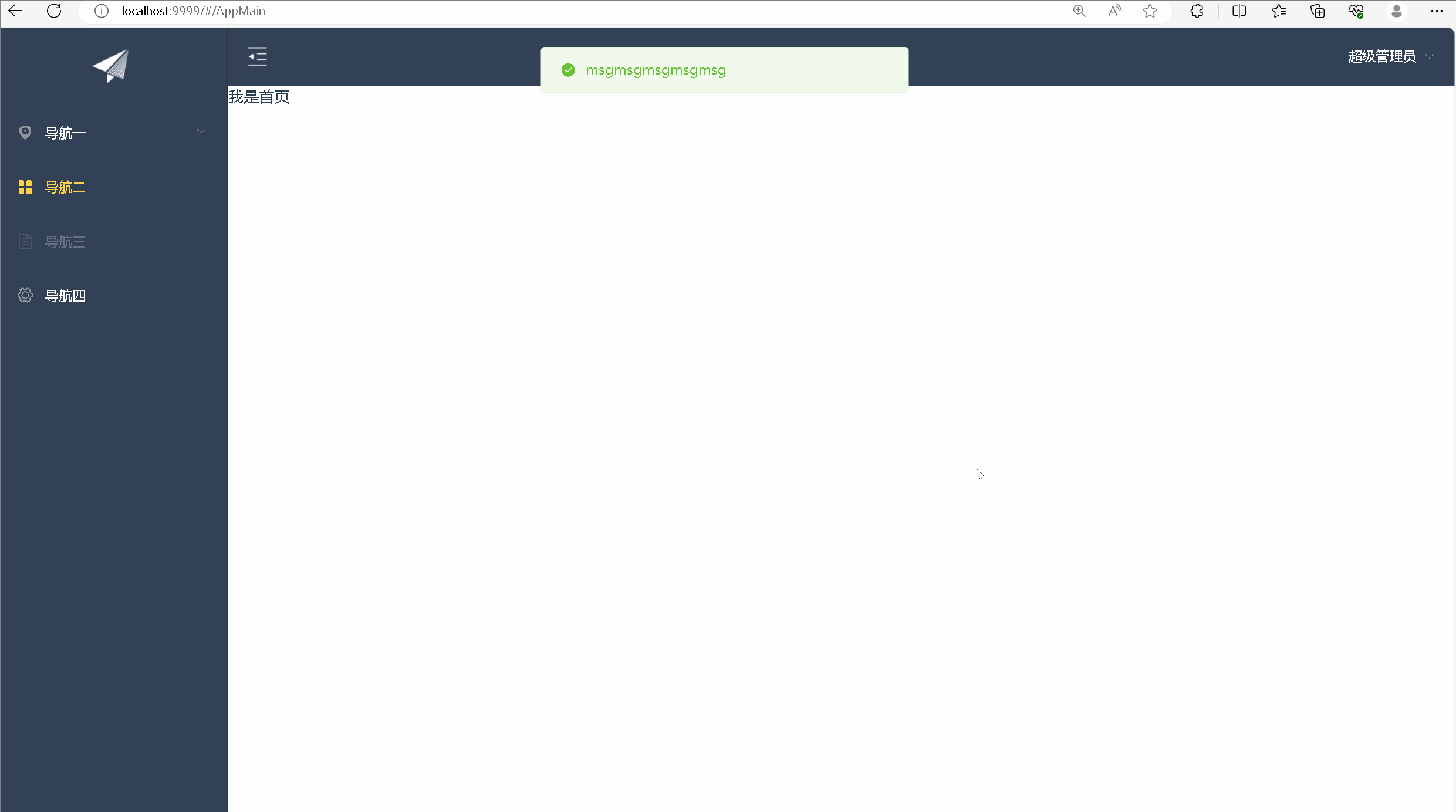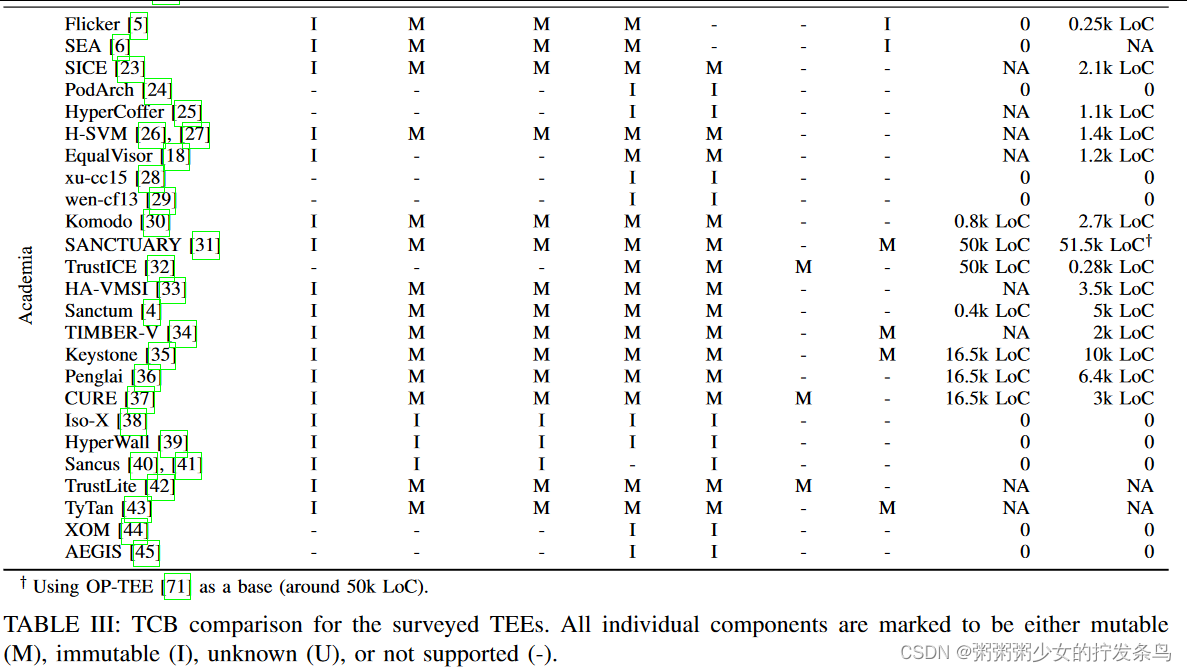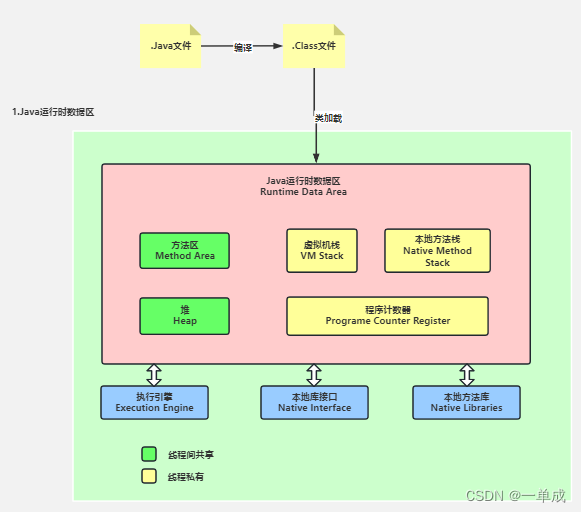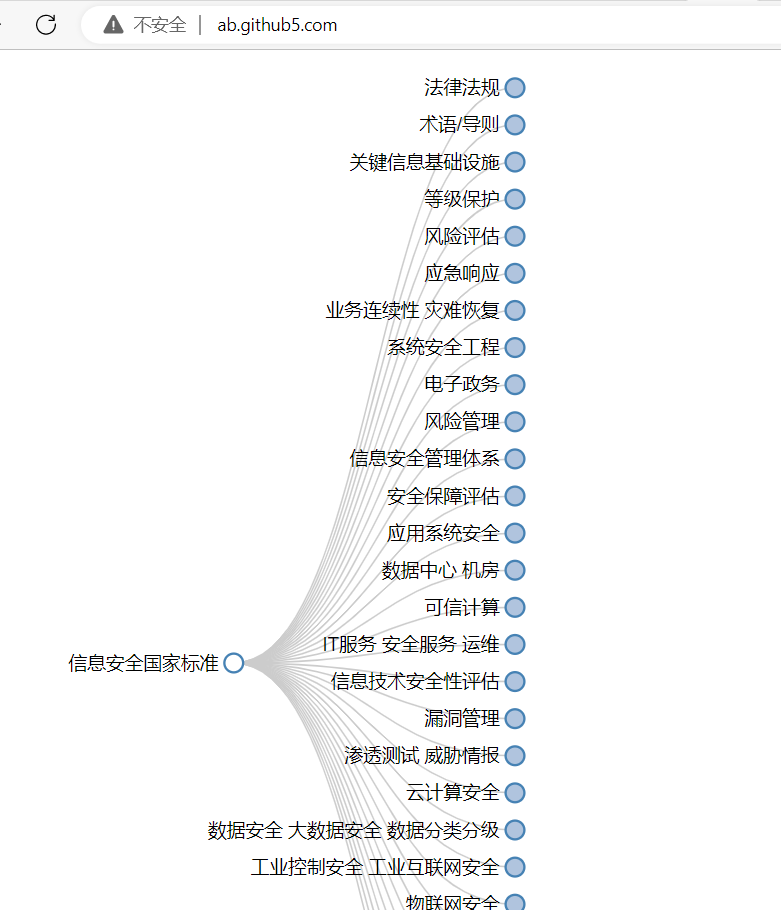概述
基于Spring Cloud开发微服务时,使用Spring Cloud原生自带的Gateway作为网关,所有请求都需要经过网关服务转发。
为了防止恶意请求刷取数据,对于业务请求需要进行拦截,故而可在网关服务增加拦截过滤器。基于此,有如下源码:
@Slf4j
@Component
public class BlockListFilter extends AbstractGatewayFilterFactory {
private static final String DIALOG_URI = "/dialog/nextQuestion";
@Resource
private AssessmentBlockListService assessmentBlockListService;
@Lazy
@Resource
private RemoteUserService remoteUserService;
@Lazy
@Resource
private RemoteRcService remoteRcService;
@Lazy
@Autowired
private RemoteOAuthService remoteOAuthService;
@Value("${blockListSwitch:true}")
private Boolean blockListSwitch;
@Override
public GatewayFilter apply(Object config) {
return (exchange, chain) -> {
ServerHttpResponse response = exchange.getResponse();
response.getHeaders().setContentType(MediaType.APPLICATION_JSON_UTF8);
ServerHttpRequest serverHttpRequest = exchange.getRequest();
String uri = serverHttpRequest.getURI().getPath();
HttpHeaders httpHeaders = serverHttpRequest.getHeaders();
// 只处理相关url
if (blockListSwitch && StringUtils.equalsIgnoreCase(uri, DIALOG_URI)) {
String token = httpHeaders.getFirst("Authorization");
String pureToken = StringUtils.replaceIgnoreCase(token, "Bearer ", "");
BaseUserInfo baseUserInfo = UserUtil.getBaseUserInfo(pureToken);
if (baseUserInfo == null) {
log.warn("传入的token非法:{}", token);
return chain.filter(exchange);
}
// 从JWT token中解析用户信息(不含mobile等敏感信息)
String channel = baseUserInfo.getChannel();
String userKey = baseUserInfo.getUserkey();
UserParam userParam = new UserParam();
userParam.setKey(userKey);
userParam.setChannel(channel);
// Feign远程请求user服务获取mobile信息
Response<UserAccountVO> userAccountResponse = remoteUserService.baseQuery(userParam);
if (userAccountResponse.getCode() != 0) {
log.warn("未获取到userKey={}的用户信息!", userKey);
return chain.filter(exchange);
}
UserAccountVO userAccountVO = userAccountResponse.getData();
log.info("blocklist filter user={}", JsonUtil.beanToJson(userAccountVO));
String mobile = userAccountVO.getMobile();
if (StringUtils.isNotBlank(userKey)) {
// 具体的拦截业务逻辑
this.process(uri, userKey, mobile, channel, pureToken);
}
return chain.filter(exchange);
}
return chain.filter(exchange);
};
}
private String process(String uri, String userKey, String mobile, String channel, String token) {
DetectUserDTO detectUserDTO = new DetectUserDTO();
detectUserDTO.setChannel(channel);
detectUserDTO.setMobile(mobile);
detectUserDTO.setUserKey(userKey);
detectUserDTO.setUri(uri);
Response<DetectUserVO> detectUserVOResponse = remoteRcService.detectUser(detectUserDTO);
if (detectUserVOResponse.getCode() != 0) {
log.warn("mobile={} 风控接口返回异常:{}", mobile, JsonUtil.beanToJson(detectUserVOResponse));
return null;
}
DetectUserVO detectUserVO = detectUserVOResponse.getData();
if (detectUserVO.getIsInAllowList()) {
log.info("在白名单中,放行");
} else if (detectUserVO.getIsInBlockList()) {
log.info("在黑名单中,拦截处理...");
this.logout(token);
return "当前手机号问诊次数已达今日上限!";
}
return null;
}
private void logout(String token) {
// 强制下线,踢出登录态
LogoutDto logoutDto = new LogoutDto();
logoutDto.setToken(pureToken);
remoteOAuthService.logout(logoutDto);
}
}
上面的代码只是实现:判断流量请求URL,进而判断用户是否触发风控黑名单机制,如果触发黑名单,则踢出登录态强制用户下线,即用户不能使用App。
需求
异常捕获
上面的踢出登录态做法过于简单粗暴,App有若干个功能模块,某些请求URL触发黑名单机制,就强制用户下线,不能使用App其他功能。应该允许用户使用除了触发黑名单模块的其他模块功能。当然,对于是否强制下线的交互设计,每个人有每个人的看法。
就我遇到的情况来细说,痛点在于,前端(所谓大前端概念,含iOS和安卓App)同学针对此种情况直接返回统一的错误页:【抱歉,请返回再试一次!】,并且这个页面没有任何UI设计,仅仅是前面提到的一句提示文案。用户看到这个文案,会重新登录(因为后端做了踢出登录态逻辑),App成功后经过网关校验,发现用户依旧触发黑名单,然后再次踢出登录态,陷入死循环。
基于此,做如下改造:不踢出登录态,可以继续使用其他模块功能,在使用某个触发黑名单机制的模块时后端返回错误码,前端弹窗提示【无法使用此功能】。
故而对上面的代码进行调整:
String msg = this.process(uri, userKey, mobile, channel, pureToken,);
if (StringUtils.isNotBlank(msg)) {
return Mono.error(new CustomException(BlockTypeEnum.getCodeByMsg(msg), msg));
}
本地启动Gateway网关服务,postman模拟请求,得到接口返回数据:

咦?怎么Code不是枚举类里定义的错误文案msg对应的错误码,而是500呢?
看代码,发现有个继承DefaultErrorWebExceptionHandler的JsonErrorWebExceptionHandler类,那这个类也需要调整:
@Slf4j
public class JsonErrorWebExceptionHandler extends DefaultErrorWebExceptionHandler {
public JsonErrorWebExceptionHandler(ErrorAttributes errorAttributes,
ResourceProperties resourceProperties,
ErrorProperties errorProperties,
ApplicationContext applicationContext) {
super(errorAttributes, resourceProperties, errorProperties, applicationContext);
}
@Override
protected Map<String, Object> getErrorAttributes(ServerRequest request, boolean includeStackTrace) {
Map<String, Object> errorAttributes = new HashMap<>(8);
Throwable error = super.getError(request);
errorAttributes.put("message", error.getMessage());
if (error instanceof CustomException) {
errorAttributes.put("code", ((CustomException) error).getCode());
} else {
errorAttributes.put("code", HttpStatus.INTERNAL_SERVER_ERROR.value());
}
errorAttributes.put("method", request.methodName());
errorAttributes.put("path", request.path());
log.warn("网关异常,path:{},method:{},message:{}", request.path(), request.methodName(), error.getMessage());
return errorAttributes;
}
@Override
protected RouterFunction<ServerResponse> getRoutingFunction(ErrorAttributes errorAttributes) {
return RouterFunctions.route(RequestPredicates.all(), this::renderErrorResponse);
}
@Override
protected HttpStatus getHttpStatus(Map<String, Object> errorAttributes) {
// 这里其实可以根据errorAttributes里面的属性定制HTTP响应码
return HttpStatus.INTERNAL_SERVER_ERROR;
}
}
经过调整后,断点调试,万事大吉:
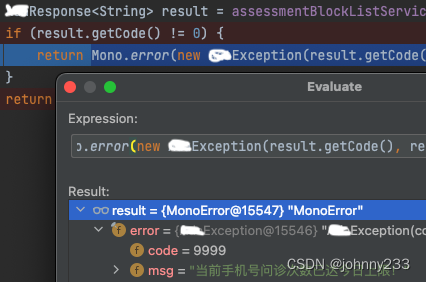
但是!!!
后来在和前端联调时才发现有点不对劲:

如上图,枚举类里有几个code,每个code都有对应的系统功能模块黑名单msg。之前没有注意到右上角的接口状态码是500,这个500表示请求未成功。也就是说,接口未成功,接口响应码是自定义的code也没啥用。status必须得是200、204、202这种才行。
总结一下:虽然使用Mono.error()返回业务自定义错误信息,但错误代码9996被转为500。
继续排查。找到下面参考2里的文章,做如下调整:
String msg = this.process(uri, userKey, mobile, channel, pureToken,);
if (StringUtils.isNotBlank(msg)) {
// 对应200,表明接口请求是成功的,但是触发业务异常错误码
exchange.getResponse().setStatusCode(HttpStatus.OK);
return exchange.getResponse()
.writeWith(Flux.just(exchange.getResponse()
.bufferFactory()
.wrap(JSON.toJSONString(msg).getBytes())));
}
调试结果,右上角的Status变成200:

注意看,Postman可以返回中文msg。
发布测试环境后,在Chrome浏览器里却发现返回数据乱码!?

IDEA调整截图如上没有乱码问题,console控制台打印也是正常:

乱码不是什么大问题,研发这么多年遇到无数次。继续排查,做如下调整解决问题:
return exchange.getResponse()
.writeWith(Flux.just(exchange.getResponse()
.bufferFactory().wrap(JSON.toJSONString(msg).getBytes(StandardCharsets.UTF_8))));
获取请求体
前面提到,我们的App有几个功能模块,其中一个模块的请求全部是dialog/nextQuestion接口。用户恶意刷数据,多次请求此接口就会触发黑名单。但是在我们的交互设计上,又希望用户从其他功能模块切换到此功能时,可以请求一次此接口。那怎么判断是第一次呢?那就需要解析requestBody。
根据下面的参考1文章,增加如下代码:
public String resolveBodyForDialog(ServerHttpRequest serverHttpRequest) {
String uri = serverHttpRequest.getURI().getPath();
// 只有某些请求才解析
if (!StringUtils.equalsAnyIgnoreCase(uri, "dialog/nextQuestion")) {
return "";
}
StringBuilder sb = new StringBuilder();
Flux<DataBuffer> body = serverHttpRequest.getBody();
body.subscribe(buffer -> {
byte[] bytes = new byte[buffer.readableByteCount()];
buffer.read(bytes);
DataBufferUtils.release(buffer);
String bodyString = new String(bytes, StandardCharsets.UTF_8);
sb.append(bodyString);
});
return sb.toString();
}
本地调试时没有问题,可以获取到requestBody:

但是测试环境却又问题:

详细的错误日志:
500 Server Error for HTTP POST "/api/open/dialog/nextQuestion"
io.netty.handler.codec.EncoderException: io.netty.util.IllegalReferenceCountException: refCnt: 0, decrement: 1
at io.netty.handler.codec.MessageToMessageEncoder.write(MessageToMessageEncoder.java:107)
at io.netty.channel.CombinedChannelDuplexHandler.write(CombinedChannelDuplexHandler.java:348)
at io.netty.channel.AbstractChannelHandlerContext.invokeWrite0(AbstractChannelHandlerContext.java:716)
at io.netty.channel.AbstractChannelHandlerContext.invokeWrite(AbstractChannelHandlerContext.java:708)
at io.netty.channel.AbstractChannelHandlerContext.write(AbstractChannelHandlerContext.java:791)
at io.netty.channel.AbstractChannelHandlerContext.write(AbstractChannelHandlerContext.java:701)
at reactor.netty.channel.MonoSendMany$SendManyInner.run(MonoSendMany.java:286)
at reactor.netty.channel.MonoSendMany$SendManyInner.trySchedule(MonoSendMany.java:368)
at reactor.netty.channel.MonoSendMany$SendManyInner.onSubscribe(MonoSendMany.java:221)
at reactor.core.publisher.FluxMapFuseable$MapFuseableSubscriber.onSubscribe(FluxMapFuseable.java:90)
at reactor.core.publisher.FluxContextStart$ContextStartSubscriber.onSubscribe(FluxContextStart.java:97)
at reactor.core.publisher.MonoJust.subscribe(MonoJust.java:54)
at reactor.core.publisher.MonoSubscriberContext.subscribe(MonoSubscriberContext.java:47)
at reactor.core.publisher.FluxSourceMonoFuseable.subscribe(FluxSourceMonoFuseable.java:38)
at reactor.core.publisher.FluxMapFuseable.subscribe(FluxMapFuseable.java:63)
at reactor.core.publisher.Flux.subscribe(Flux.java:7921)
at reactor.netty.channel.MonoSendMany.subscribe(MonoSendMany.java:81)
at reactor.core.publisher.MonoIgnoreThen$ThenIgnoreMain.drain(MonoIgnoreThen.java:153)
at reactor.core.publisher.MonoIgnoreThen.subscribe(MonoIgnoreThen.java:56)
at reactor.core.publisher.Mono.subscribe(Mono.java:3848)
at reactor.netty.NettyOutbound.subscribe(NettyOutbound.java:305)
at reactor.core.publisher.MonoSource.subscribe(MonoSource.java:51)
at reactor.core.publisher.MonoDefer.subscribe(MonoDefer.java:52)
at reactor.netty.http.client.HttpClientConnect$HttpIOHandlerObserver.onStateChange(HttpClientConnect.java:441)
at reactor.netty.ReactorNetty$CompositeConnectionObserver.onStateChange(ReactorNetty.java:470)
at reactor.netty.resources.PooledConnectionProvider$DisposableAcquire.onStateChange(PooledConnectionProvider.java:512)
at reactor.netty.resources.PooledConnectionProvider$PooledConnection.onStateChange(PooledConnectionProvider.java:451)
at reactor.netty.channel.ChannelOperationsHandler.channelActive(ChannelOperationsHandler.java:62)
at io.netty.channel.AbstractChannelHandlerContext.invokeChannelActive(AbstractChannelHandlerContext.java:225)
at io.netty.channel.AbstractChannelHandlerContext.invokeChannelActive(AbstractChannelHandlerContext.java:211)
at io.netty.channel.AbstractChannelHandlerContext.fireChannelActive(AbstractChannelHandlerContext.java:204)
at io.netty.channel.CombinedChannelDuplexHandler$DelegatingChannelHandlerContext.fireChannelActive(CombinedChannelDuplexHandler.java:414)
at io.netty.channel.ChannelInboundHandlerAdapter.channelActive(ChannelInboundHandlerAdapter.java:69)
at io.netty.channel.CombinedChannelDuplexHandler.channelActive(CombinedChannelDuplexHandler.java:213)
at io.netty.channel.AbstractChannelHandlerContext.invokeChannelActive(AbstractChannelHandlerContext.java:225)
at io.netty.channel.AbstractChannelHandlerContext.invokeChannelActive(AbstractChannelHandlerContext.java:211)
at io.netty.channel.AbstractChannelHandlerContext.fireChannelActive(AbstractChannelHandlerContext.java:204)
at io.netty.channel.DefaultChannelPipeline$HeadContext.channelActive(DefaultChannelPipeline.java:1396)
at io.netty.channel.AbstractChannelHandlerContext.invokeChannelActive(AbstractChannelHandlerContext.java:225)
at io.netty.channel.AbstractChannelHandlerContext.invokeChannelActive(AbstractChannelHandlerContext.java:211)
at io.netty.channel.DefaultChannelPipeline.fireChannelActive(DefaultChannelPipeline.java:906)
at io.netty.channel.epoll.AbstractEpollChannel$AbstractEpollUnsafe.fulfillConnectPromise(AbstractEpollChannel.java:618)
at io.netty.channel.epoll.AbstractEpollChannel$AbstractEpollUnsafe.finishConnect(AbstractEpollChannel.java:651)
at io.netty.channel.epoll.AbstractEpollChannel$AbstractEpollUnsafe.epollOutReady(AbstractEpollChannel.java:527)
at io.netty.channel.epoll.EpollEventLoop.processReady(EpollEventLoop.java:422)
at io.netty.channel.epoll.EpollEventLoop.run(EpollEventLoop.java:333)
at io.netty.util.concurrent.SingleThreadEventExecutor$5.run(SingleThreadEventExecutor.java:906)
at io.netty.util.internal.ThreadExecutorMap$2.run(ThreadExecutorMap.java:74)
具体研究这篇文章,做如下调整:
String uri = serverHttpRequest.getURI().getPath();
// 只有某些请求才解析
if (!StringUtils.equalsAnyIgnoreCase(uri, DIALOG_URI)) {
return "";
}
Flux<DataBuffer> body = serverHttpRequest.getBody();
AtomicReference<String> bodyRef = new AtomicReference<>();
body.subscribe(buffer -> {
CharBuffer charBuffer = StandardCharsets.UTF_8.decode(buffer.asByteBuffer());
bodyRef.set(charBuffer.toString());
});
return bodyRef.get();
上面的报错消失。问题虽然是解决,但是不明就里。
后面又发现一个乱码问题,针对如下requestBody:
{
"stateId": "DASHBOARD",
"answer": {
"transitionId": "GET_HEALTH_ADVICE",
"label": "开始评估症状"
}
}
bodyRef.get()获取到的中文数据乱码。参考3,解决方法:
String encoding = System.getProperty("file.encoding");
CharBuffer charBuffer = Charset.forName(encoding).decode(buffer.asByteBuffer());
bodyRef.set(charBuffer.toString());
参考
- Spring Cloud Gateway读取RequestBody数据
- 使用Spring Cloud-Gateway WebFlux抛出指定错误代码和信息
- 从String获得ByteBuffer、从ByteBuffer获得CharBuffer的正确姿势




